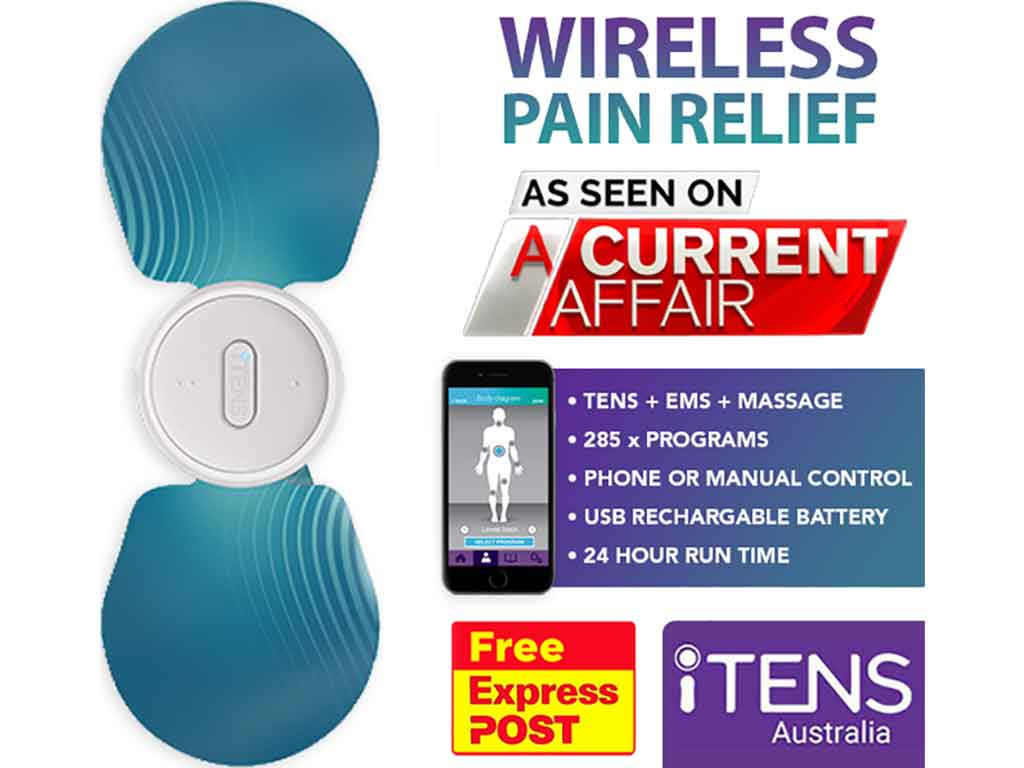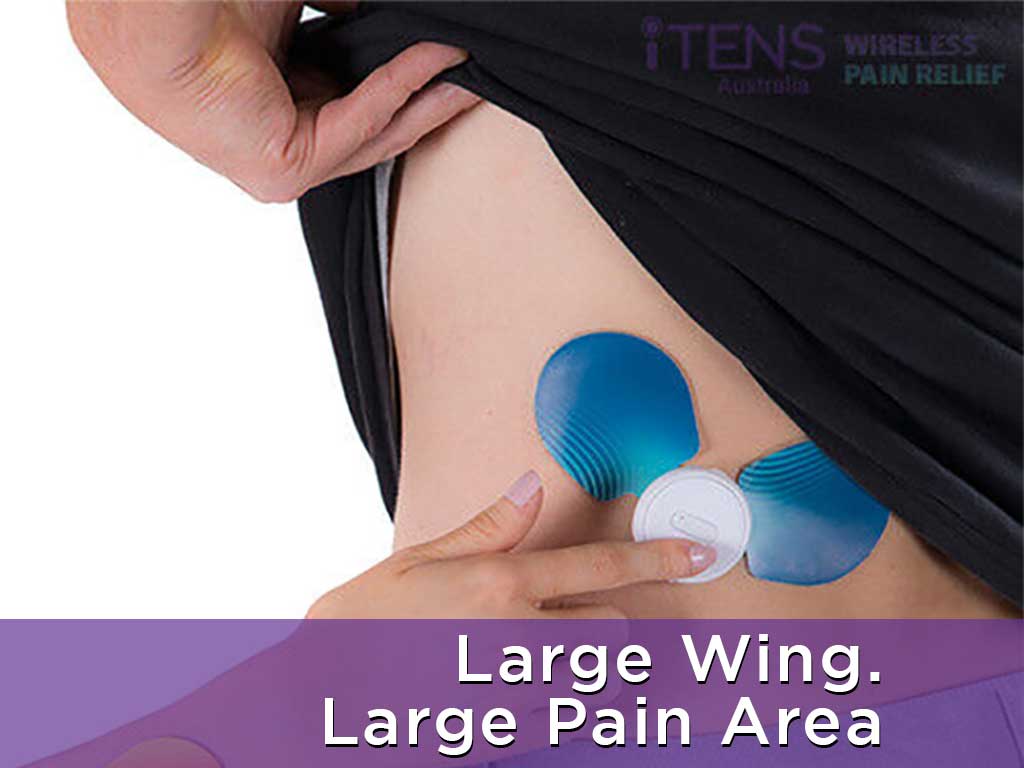
Transcutaneous Electrical Nerve Stimulation (TENS) and Electrical Muscle Stimulation (EMS) are two popular forms of electrotherapy. TENS and EMS stimulators are electronic devices that deliver electrical impulses to the body. TENS uses electrical stimulation to alleviate pain from many conditions. Meanwhile, EMS induces muscle contractions to improve their strength and performance. They are both non-invasive and drug-free methods that benefit their users. Both can help with supplementing other treatments and speeding up recovery.
Dealing with chronic pain and injuries can be debilitating. They also significantly reduce the quality of life since they can limit the range of motion and prevent people from engaging in normal activities. Fortunately, TENS and EMS machines can help manage pain and increase muscle strength. Both can also help with healing injuries by increasing blood flow to their target areas. This article will present information on TENS and EMS machines, how they work, and their benefits.
What are TENS and EMS Stimulators?
TENS and EMS stimulators are electrical devices that use low-voltage electric currents to provide pain relief and muscle stimulation respectively. These machines use externally applied adhesive electrode pads to deliver electrical signals to the body. In most cases, they are small and battery-operated for convenient use.
TENS machines are medical devices that focus on stimulating the nerve fibres. They typically have a frequency range of 1-150 Hz and an intensity range of 0-80 mA. This allows them to affect the sensory nerves without causing muscle contractions. They are commonly used in medical settings, such as pain clinics and hospitals, under the supervision of a healthcare provider.
Meanwhile, EMS machines can have frequencies ranging from 25-400 Hz and 1-120 mA intensities. They are significantly more powerful to induce muscle contractions safely. Many use these in training and physical therapy centres. People can also buy separate or combo units online or in physical stores. Most products do not require prescriptions to purchase.
History and Development of TENS & EMS Technology
- The concept of using electrical stimulation to alleviate pain dates back to the Egyptians, who used electrical fish for pain relief.
- Meanwhile, using electric currents for muscle contractions dates to the late 18th century, from the observations of Luigi Galvani.
- By the 1960s, the Gate Control Theory of Pain established that electrical pulses can cause relief from pain. It contributed to the development of the modern TENS machine.
- In the 1970s, using TENS for pain relief and EMS for muscle stimulation became more common in medical settings.
- Nowadays, home TENS and EMS units are widely available for convenient use.

How Do TENS and EMS Stimulators Work?
TENS and EMS stimulators have adjustable settings that allow their users to customise their therapy sessions. It also enables them to experience different effects depending on the levels of intensity and frequency they choose. This allows them to modify their sessions according to their comfort level and condition.
TENS machines can use low and high-frequency TENS currents to alleviate pain. Low-frequency TENS currents range from 2 to 10 Hz. It triggers endorphin production for lasting and reliable relief and to improve moods. Meanwhile, high frequencies can induce the spinal nerve cells to block pain signals from reaching the brain. It immediately reduces aches, but the temporary relief only lasts a few minutes after therapy sessions.
On the other hand, EMS machines use higher frequency and intensity settings than TENS. By applying electrode pads to target muscle groups, individuals can stimulate involuntary muscle contractions. This muscle stimulation can improve muscle tone and strength. It also addresses poor circulation by increasing blood circulation with vasodilation.
Different Between TENS & EMS
The main difference between TENS and EMS is their purpose. While TENS primarily focuses on pain management, EMS is meant for muscle rehabilitation and growth. Thus, TENS and EMS have separate goals and targets. TENS stimulates the nerves to trigger effects for pain relief, whereas EMS targets key muscle groups to improve muscle performance.
To achieve these effects, the electronic devices have different frequency and intensity ranges. They also have dissimilar recommended uses. TENS is safe for use multiple times daily. This makes it an effective method of pain relief. Meanwhile, limiting EMS use to 1 to 2 sessions per week is recommended.

Benefits of Using TENS and EMS Stimulators
There are several benefits to using TENS and EMS stimulators. Firstly, these forms of electrotherapy are non-invasive. This means that there are no risks of infections or other complications compared to procedures like injections and surgery. Moreover, electrotherapy does not need significant recovery periods after each session.
Secondly, TENS and EMS are drug-free. They are helpful for individuals who experience allergic reactions to oral medications. TENS provides natural pain relief, while EMS effectively stimulates the muscles. Thirdly, TENS and EMS machines are portable and easy to use. This contributes to their cost-effectiveness, especially among elite athletes and those recovering from injuries. It reduces the need to go to clinics or therapy centres.
Fourthly, both forms of electric stimulation are versatile. Since they have adjustable intensity and frequency levels, individuals can easily modify their treatment sessions to address their specific issues. Lastly, they are adjunct therapy methods that complement other modalities in treatment plans. They are also effective supplements to address limitations that other methods may have for a more comprehensive treatment.
Applications of TENS & EMS
Many use TENS machines for acute and chronic pain conditions for reliable relief of aches. It is effective for conditions like fibromyalgia and migraines. It also helps individuals with post-operative care by alleviating the aches from the surgical procedure. TENS machines also relieve muscle pain, foot pain, shoulder pain, neck pain, knee pain, and joint pain.
Meanwhile, EMS can help people with their athletic training. It can provide stimulation during warm-ups or reduce muscle tension after training. In medical settings, it can also help individuals with post-stroke complications and paralysis with rehabilitation by inducing contractions in those body muscles and increasing muscle strength.
Conclusion
TENS and EMS stimulators are medical devices that benefit their users. They deliver low-voltage electrical currents to stimulate the body using electrode pads for beneficial outcomes. TENS triggers the pain gate mechanism and endorphin production to alleviate pain from acute and chronic conditions. Meanwhile, EMS devices use powerful stimulation to induce muscle contractions that aid muscle conditioning and strengthening. Moreover, both can help people undergoing rehabilitation from injuries by increasing blood flow to the area.
TENS and EMS also provide other benefits. EMS provides a natural way to help with muscle recovery in patients suffering from paralysis and post-stroke complications. Meanwhile, TENS units can help reduce the need for invasive procedures and medications for pain relief. These machines are also portable and convenient for people, even without medical supervision. Those interested in buying a wireless TENS machine may consider the iTENS from iTENS Australia.




















